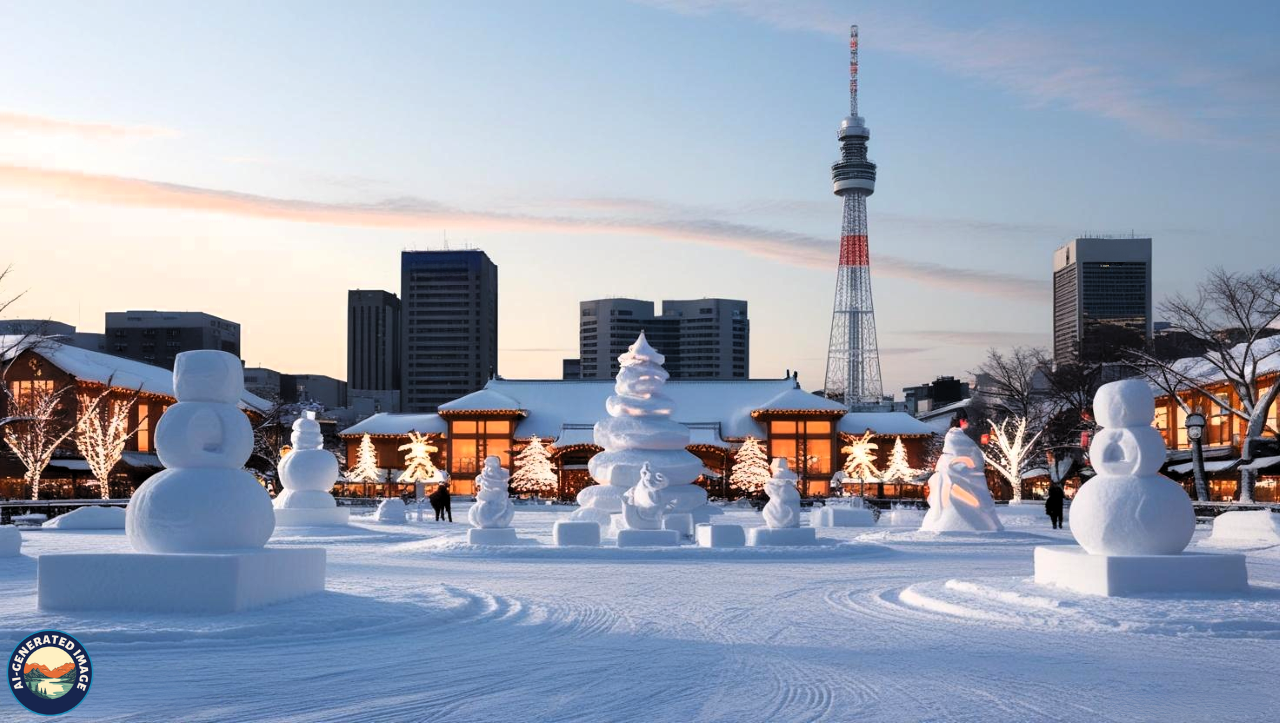Introduction
Located on Japan’s northernmost island of Hokkaido, Sapporo is a city that seamlessly blends natural beauty, modern infrastructure, and cultural richness. Globally recognized for its winter magic and the spectacular Sapporo Snow Festival, the city offers far more than snow, whether it’s gourmet ramen, historic landmarks, or lush summer landscapes.
In this comprehensive guide, explore the heart of Sapporo—its past, seasons, top attractions, local experiences, and travel tips—perfect for both first-time visitors and returning travelers.
Sapporo’s Historical and Cultural Identity
Unlike many Japanese cities with ancient roots, Sapporo is relatively young. It began its formal development in the late 1800s during the Meiji Era, as the Japanese government sought to modernize Hokkaido and reinforce it against foreign threats, especially from Russia.
The city’s layout follows a Western-style grid, a rare design choice in Japan. But before the modern era, Hokkaido was home to the Ainu, the island’s Indigenous people, whose rich culture, language, and traditions remain an essential part of Sapporo’s identity today.
Modern Sapporo reflects this blend of influences—an urban city shaped by Western planning, driven by Japanese innovation, and grounded in Ainu heritage.
When to Visit
Each season in Sapporo offers a distinct experience, making it a year-round destination.
Winter (December to February)
Sapporo is magical in winter. Snow blankets the city, making it ideal for skiing, snowboarding, and experiencing the Sapporo Snow Festival. It’s a dream for snow enthusiasts and photographers alike.
Spring (March to May)
As winter fades, cherry blossoms begin to bloom. Maruyama Park and the Hokkaido Shrine are serene spots for hanami (flower viewing), without the crowds typical of Tokyo or Kyoto.
Summer (June to August)
With mild temperatures and low humidity, Sapporo’s summer is a welcome escape from the heat elsewhere in Japan. Expect lively beer gardens, flower festivals, and colorful parks.
Autumn (September to November)
Autumn brings vibrant foliage, especially in Jozankei Onsen and the surrounding hills. The season is ideal for nature walks, scenic drives, and enjoying hearty seasonal cuisine.
Unmissable Attractions
Sapporo Snow Festival
Held each February, this world-famous event features massive ice and snow sculptures across Odori Park, Susukino, and Tsudome. At night, these masterpieces are illuminated, creating a magical winter wonderland.
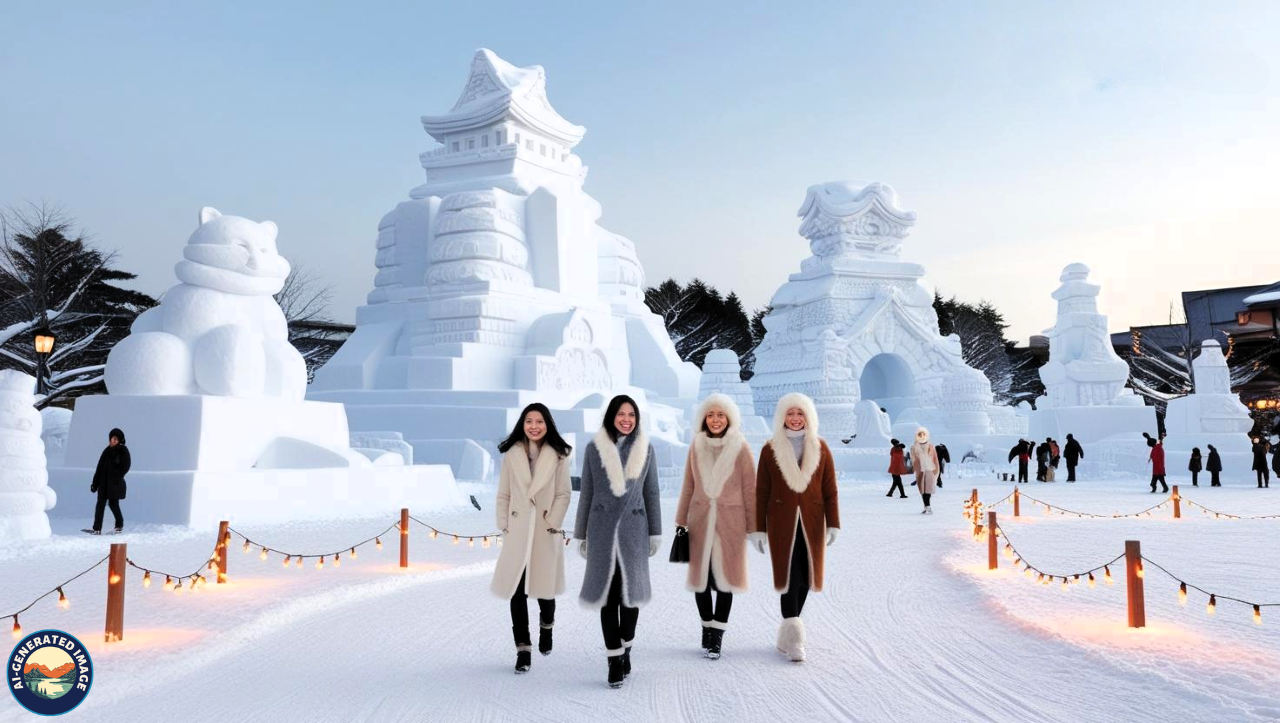
Odori Park
Stretching 1.5 kilometers through the city center, Odori Park is more than a green space—it hosts major festivals, including summer beer gardens and autumn food fairs.
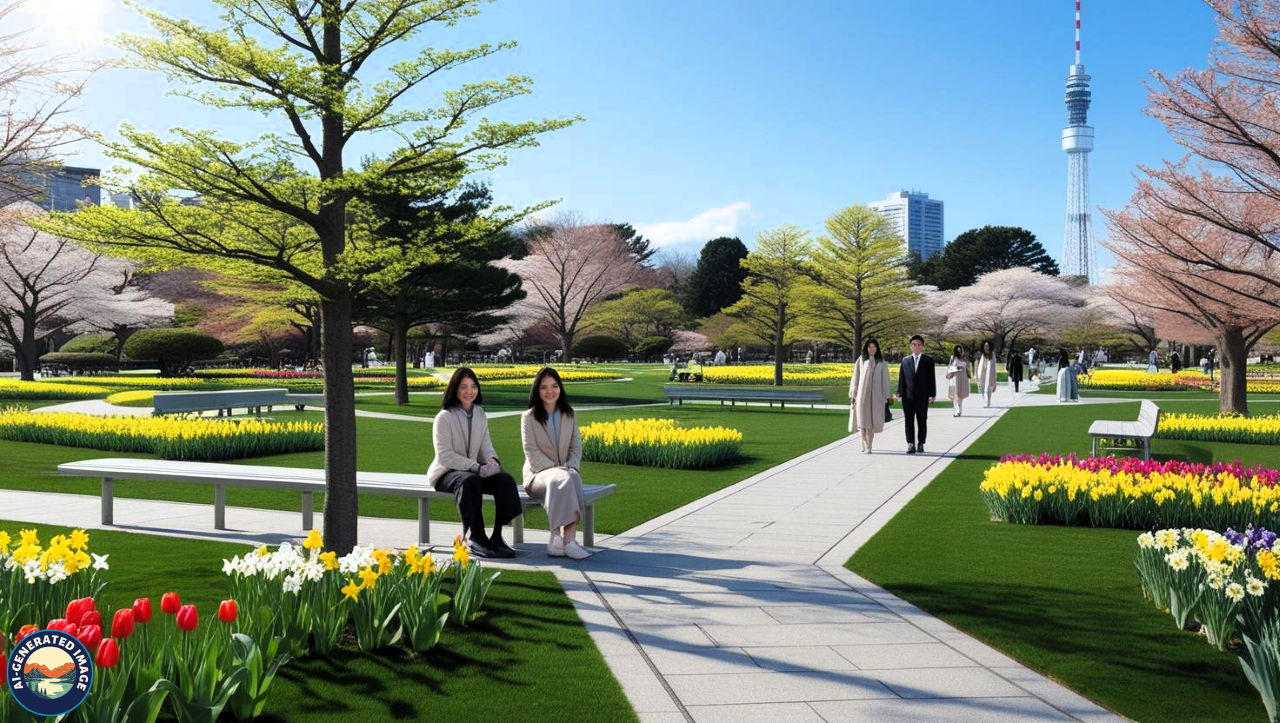
Sapporo TV Tower
Located at the eastern end of Odori Park, this 147-meter tower offers panoramic city views. The observation deck is a favorite at sunset or when Sapporo lights up after dark.
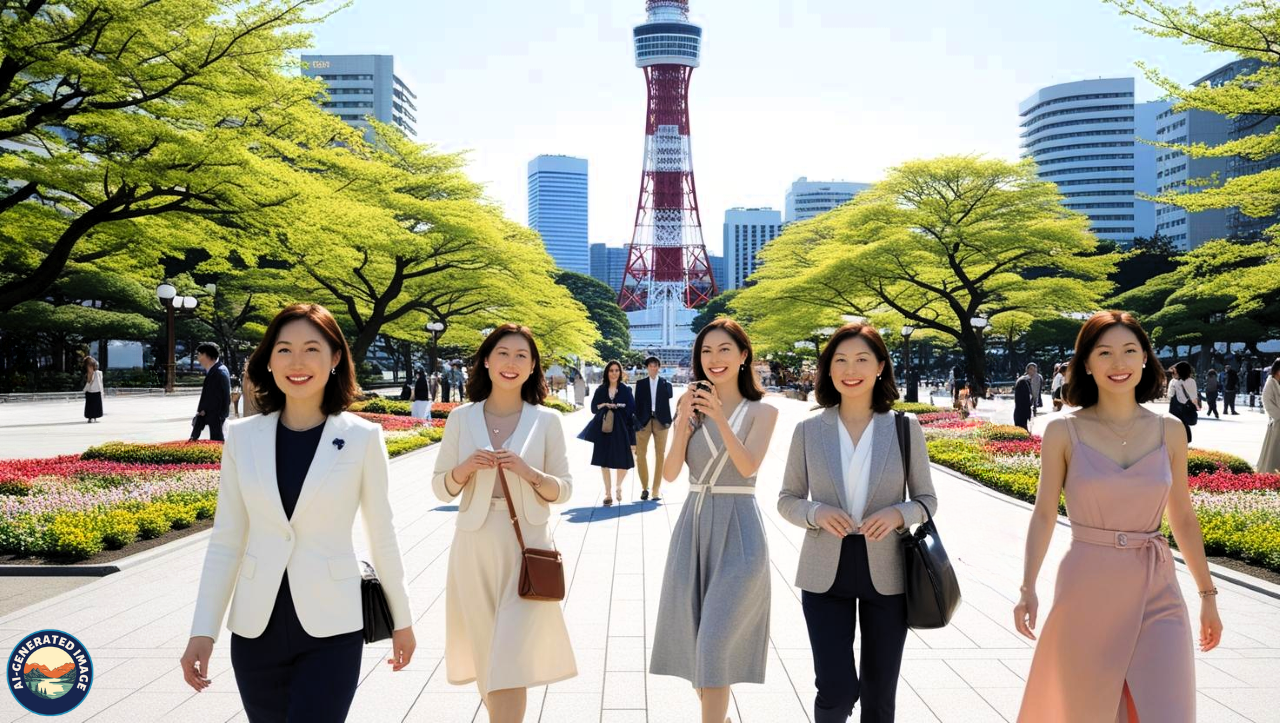
Historical Village of Hokkaido
This open-air museum showcases over 60 restored buildings from the Meiji and Taisho periods. Wander through old homes, post offices, and shops to experience Hokkaido’s early days.
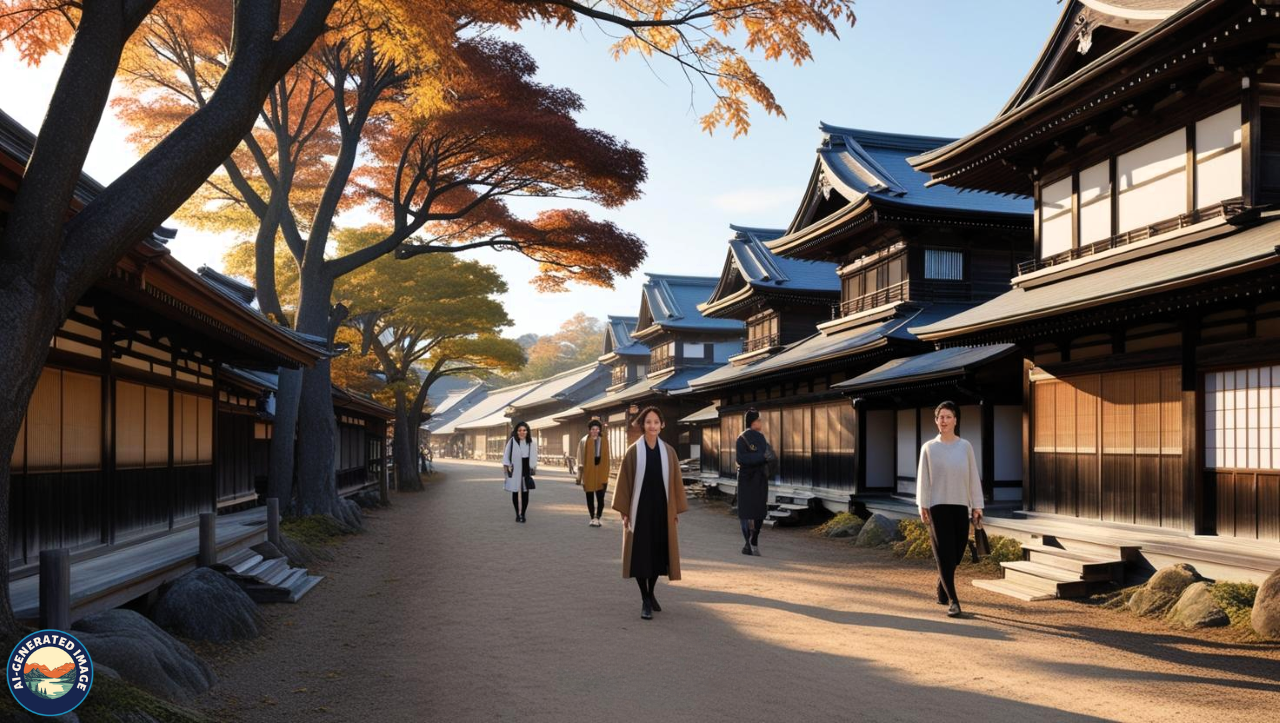
Hokkaido Shrine
Set within Maruyama Park, this serene shrine honors the deities who helped settle Hokkaido. Visit during spring for a breathtaking cherry blossom experience.
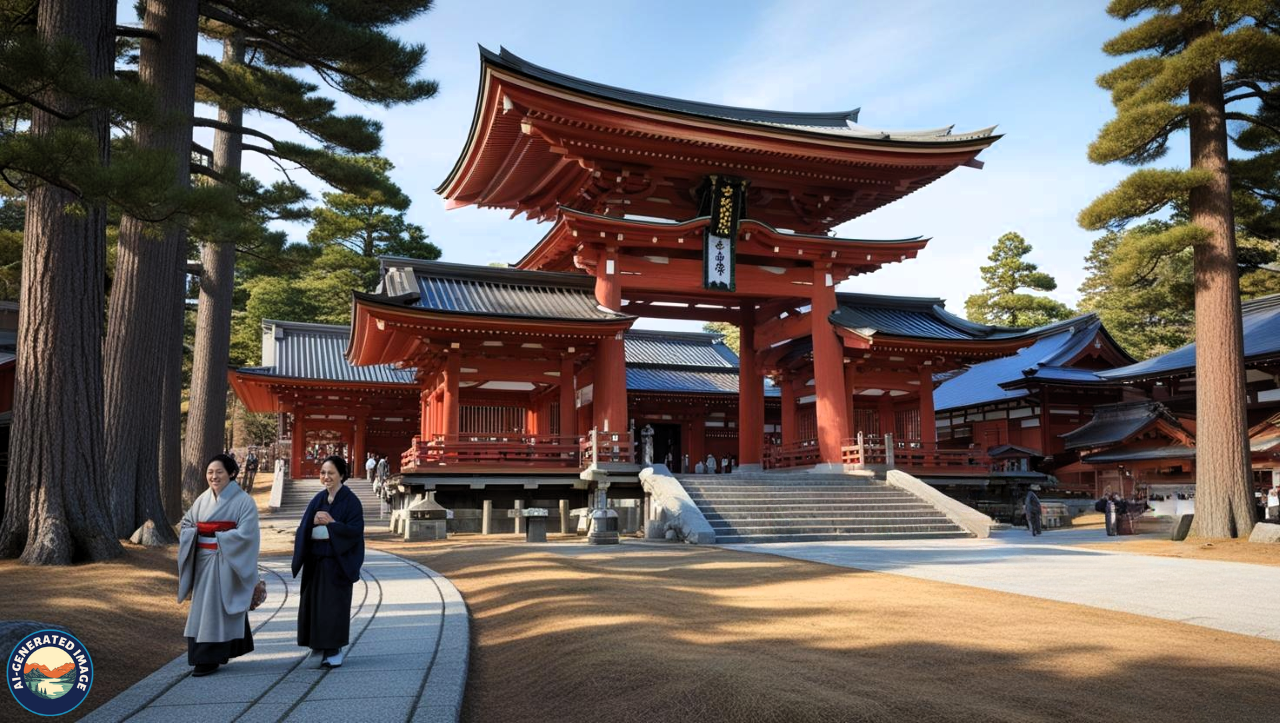
Authentic Experiences
Sapporo Beer Museum & Beer Garden
Japan’s oldest beer brand, Sapporo Beer, is celebrated at this museum. Learn about its origins and enjoy cold brews alongside Genghis Khan, a sizzling grilled lamb dish beloved by locals.
Ramen Alley (Ramen Yokocho)
Located in Susukino, this narrow alley is lined with ramen shops, each serving a version of miso ramen—a rich, flavorful bowl often topped with butter, corn, or spicy ground pork.
Skiing and Snow Adventures
World-class ski resorts like Teine, Kokusai, and Moiwa are within easy reach of downtown. Powder snow, rental gear, and English-speaking staff make these ideal for all skill levels.
Onsen Escapes Near the City
Jozankei Onsen, nestled in a forested valley, is Sapporo’s nearest hot spring retreat. Perfect in winter or autumn, it offers soothing baths and scenic beauty.
Easy Day Trips from Sapporo
Otaru
Just 30 minutes away, Otaru is a romantic port town known for its canal, historical buildings, and exquisite seafood. Don’t miss the music box museum and local glassware.
Noboribetsu
Two hours from Sapporo, Noboribetsu is famous for Hell Valley, a geothermal area with hot steam vents and sulfur springs. It’s one of Japan’s top onsen destinations.
Furano and Biei
Best visited in summer, these towns boast fields of lavender and rolling hills. In winter, they offer peaceful landscapes and outdoor sports like snowshoeing and cross-country skiing.
Local Food Scene
Sapporo’s cuisine reflects the rich agricultural bounty and cold climate of Hokkaido.
-
Miso Ramen:
-
Originating here, this hearty bowl features thick noodles in a salty broth, often topped with corn, butter, bean sprouts, and pork.
-
Soup Curry:
-
A flavorful, spicy curry soup loaded with vegetables and meat. It’s comforting and unique to the region.
-
Fresh Seafood:
-
At Nijo Market, try uni (sea urchin), crab, scallops, and sashimi caught off Hokkaido’s coast.
-
Genghis Khan (Jingisukan):
-
Grilled lamb cooked on a dome-shaped skillet, often served in beer halls.
-
Sweet Treats:
-
Don’t leave without trying Shiroi Koibito cookies, melon-flavored ice cream, or lavender desserts.
Accommodation
Luxury
-
JR Tower Hotel Nikko Sapporo:
-
Offers luxury rooms with skyline views and direct access to Sapporo Station.
-
Sapporo Grand Hotel:
-
A historic hotel known for its elegant style and convenient location.
Mid-Range
-
Hotel Mystays Premier Sapporo Park:
-
Comfortable, with an onsen and excellent amenities.
-
Cross Hotel Sapporo:
-
Stylish and modern, located near major shopping streets.
Budget
-
The Stay Sapporo:
-
A great option for backpackers, offering dorms and private rooms.
-
Grids Sapporo Hotel & Hostel:
-
Clean and central, perfect for budget travelers.
Best Areas to Stay
-
Odori Park:
-
Ideal for festival-goers and sightseeing.
-
Susukino:
-
Great for nightlife and food lovers.
-
Near Sapporo Station:
-
Convenient for transit and shopping.
Transportation
Getting around Sapporo is easy and efficient.
-
Subways:
-
Three lines—Namboku (green), Tozai (orange), and Toho (blue)—cover the city well.
-
Streetcars and Buses:
-
Good for reaching outer areas, including the ski resorts and museums.
-
IC Cards:
-
Use SAPICA or Kitaca cards for seamless travel across all public transportation.
-
Taxis:
-
Readily available but more expensive; useful at night or in snowy weather.
-
Rental Cars:
-
Best for exploring Hokkaido’s countryside, especially in warmer months.
Travel Tips
-
Weather:
-
Winter is cold and snowy—dress in layers and wear waterproof shoes. Summers are mild and comfortable.
-
Language:
-
English is understood in tourist areas, but learning basic Japanese phrases enhances your experience.
-
Currency:
-
Cash is widely used. ATMs are available at convenience stores and major stations.
-
Connectivity:
-
Rent a pocket Wi-Fi or a local SIM card at the airport for easy navigation and communication.
-
Etiquette:
-
Be respectful—queue properly, speak quietly in public, and remove your shoes when required.
Final Thoughts
Sapporo is a captivating blend of city life and nature, tradition and innovation. Whether you’re marveling at winter snow sculptures, sipping local beer, hiking through golden autumn leaves, or savoring a bowl of miso ramen, Sapporo delivers unforgettable moments year-round.
From its Indigenous heritage and Meiji-era development to its vibrant food culture and seasonal charm, Sapporo is more than a destination—it’s an experience you’ll carry with you long after your journey ends.
FAQs
What is the best season to visit Sapporo?
Each season has its charm. Winter is perfect for snow sports and festivals, while summer offers mild weather and outdoor events.
How many days should I spend in Sapporo?
Three to five days is ideal for exploring the city and nearby attractions like Otaru or Noboribetsu.
Can I use my Japan Rail Pass in Sapporo?
Yes, the JR Pass works on JR lines throughout Hokkaido, including the route to Otaru and Hakodate.
Is English spoken in Sapporo?
English is spoken at major tourist spots, hotels, and some restaurants, but not everywhere. Signage is often bilingual.
What’s the best way to reach Sapporo from Tokyo?
Flights are the quickest (1.5 hours), but a scenic train journey via the Hokkaido Shinkansen is also possible.
Is Sapporo safe for solo travelers?
Absolutely. Sapporo is very safe, even for solo female travelers. Use common sense, especially at night in entertainment districts.

